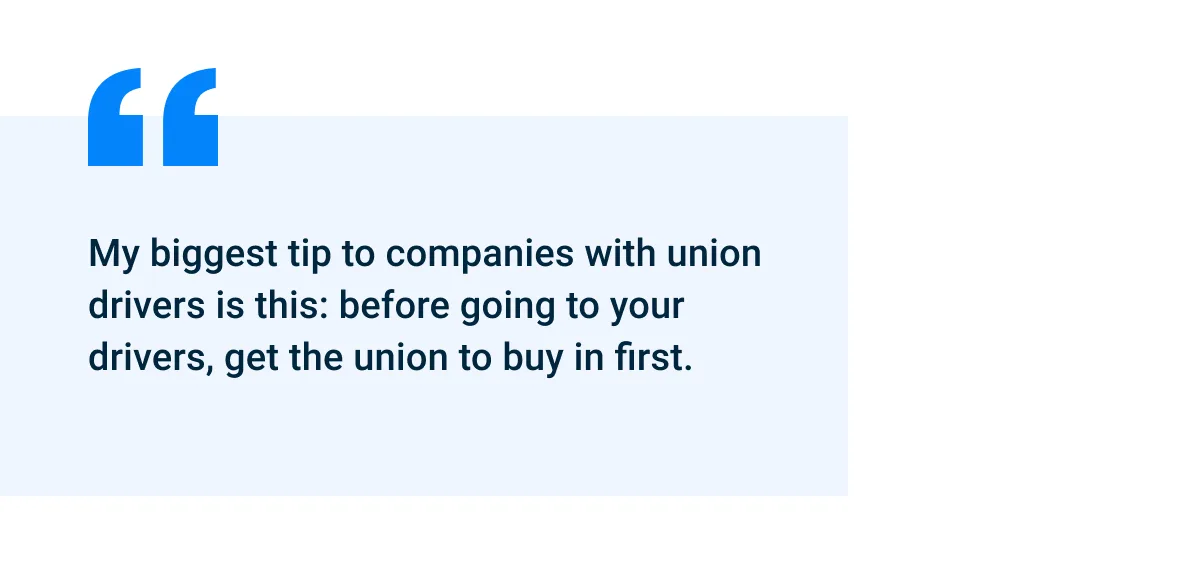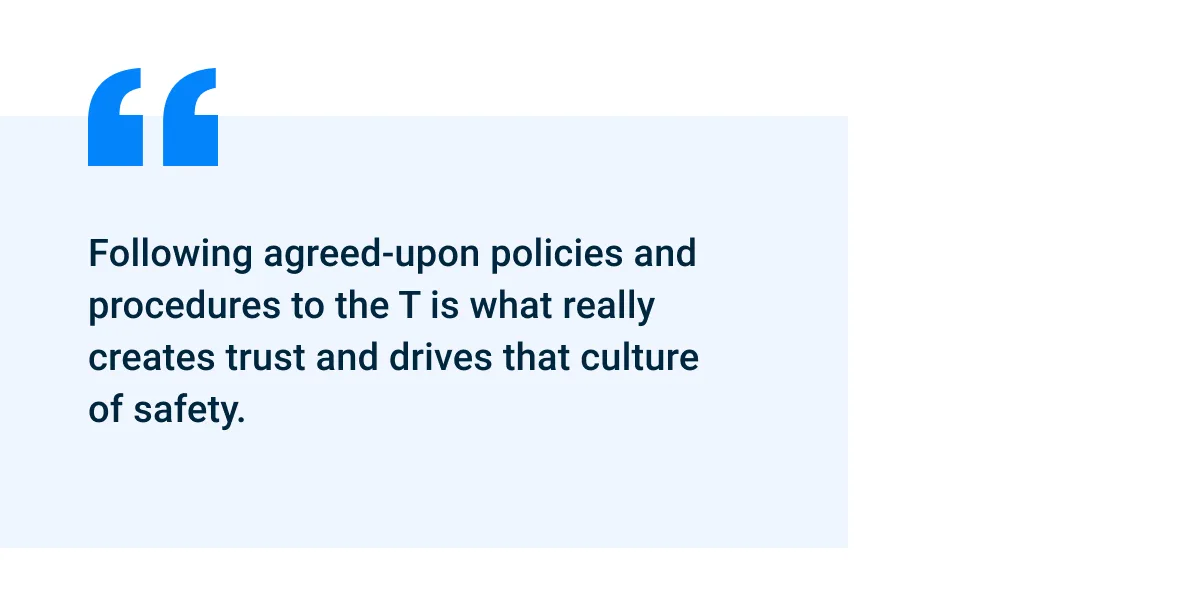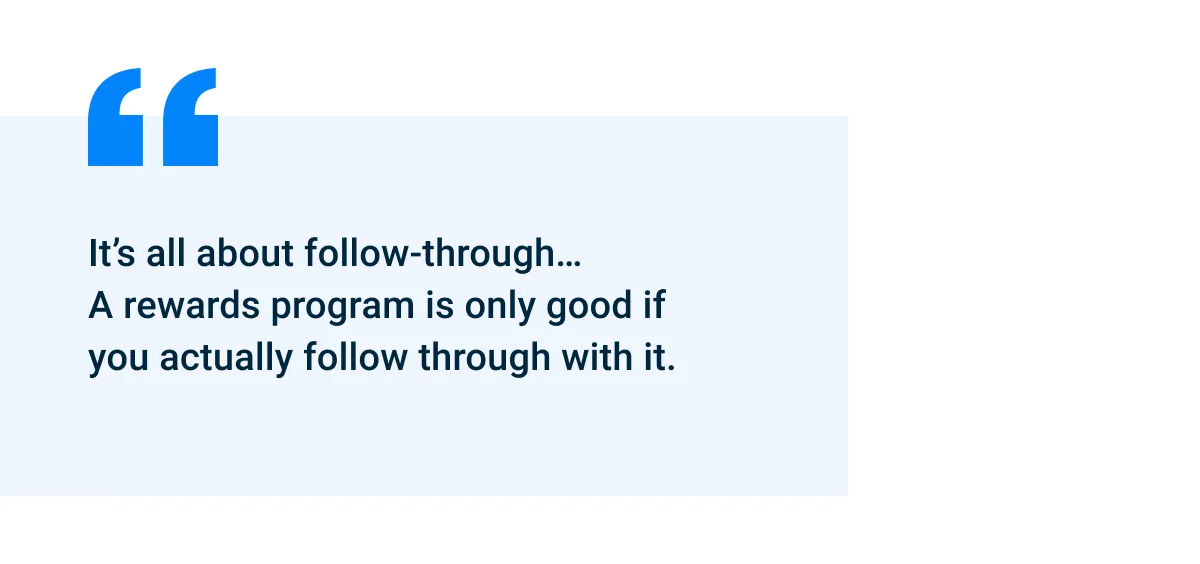Safety
Creating a dash cam program with union drivers: Tips from a teamsters expert
April 7, 2021
Manager, Content Marketing

Implementing dash cams for the first time can be daunting. From installation to training, coaching, rewards, and beyond, there are a lot of factors to consider. Perhaps nothing is more important than driver buy-in, especially if you work with union drivers.
Understandably, unions may have concerns about how the technology works and how it will be used. By building a program that puts drivers first—and is based on the shared goals of fairness, transparency, and keeping drivers safe—any company can create a successful dash cam program with union drivers. Of course, it can be difficult to know where to start without a list of best practices. That’s where John Hamill comes in.
With more than 30 years of experience in transportation management, John Hamill has spent his career building successful safety policies and procedures at ambulance and passenger transit companies. “I’ve been thinking about video-based safety since 1994, when we first started putting cameras in our ambulances,” said Hamill.
About two years ago, Hamill joined the International Brotherhood of the Teamsters as a Business Agent, where he helps create the safety portions of many collective bargaining agreements. Hamill continues to be an advocate for video-based safety technology. And with so many years of hands-on experience from both the company and union perspective, he is an expert on safety change management and building dash cam programs that work for companies and drivers.
“The perception of cameras can be challenging,” said Hamill. “But throughout my career, I have seen time and time again that cameras are so beneficial to both companies and drivers. It’s just all about how you engage with the union, how you build your policy, how you communicate with drivers, and how you follow through on the policies and procedures you’ve agreed upon.”
We sat down with Hamill to discuss his experience and share best practices with the Samsara community. Here are a few of his top tips for creating a successful dash cam program with union drivers.

John Hamill, Business Agent at the International Brotherhood of the Teamsters
Tip #1: Go to the union first
If you employ union drivers (or a mix of union and non-union drivers), building a successful dash cam program should be rooted in your partnership with the union and your shared goal of keeping drivers safe. Hamill said one of the most common mistakes he sees when companies are rolling out dash cams is not approaching the union first.
“My biggest tip to companies with union drivers is this: before going to your drivers, get the union to buy in first,” said Hamill. “Not going to the union first can lead to so many issues down the line. If, for example, the union hears about an issue first, they may want to shut down the initiative entirely. That can set a precedent that’s hard to overcome.”

Hamill noted that even if you’re not currently negotiating your contract, you could work with the union on a side letter or memorandum of understanding (MOU). “If it’s not a part of the collective bargaining agreement, side letters or MOUs are the best way to implement cameras before the next contract,” he said.
Hamill recommends that during these conversations, companies clearly communicate the benefits of video-based safety for drivers. “One thing a lot of companies don’t do is use data and proof points from other companies to really show the value of cameras,” said Hamill.
For example, here are a few proof points from the Samsara community:
DHL Express reduced accidents by 26% across 20 sites where Samsara is fully deployed.
The Rasmussen Group achieved a 90% decrease in mobile usage as a result of proactive driver coaching.
Chalk Mountain Services saw an 86% decrease in preventable accident costs.
Tip #2: Survey drivers and dispel myths about how the technology works
After starting the conversation with the union, Hamill recommends opening up the communication channel with drivers, too. “One of the best things to do is survey your drivers and ask for their opinions,” said Hamill. “Then, you can build policies to alleviate their anxieties and really help create that trust.”
Hamill recommends sending out an initial survey with broad, free response questions like, How do you feel about cameras as it pertains to safety? “That will give you an overall sense of sentiment. You might be surprised what the answers reveal about their specific concerns or experiences,” he said. “Like they say, all politics is local—and every company is different. Doing a survey can really help inform what your policy should address.”

For example, Hamill said that drivers often think dash cams will be used as “spying” devices to watch them 24/7—a misconception that is best to address early on. “Before you install a single camera or even build out your policy, transparent communication about the technology is key,” said Hamill. “Communication will help combat fear and anxiety—which are so dangerous not only to your safety program and the culture of your company, but actually to the drivers themselves. You don’t want drivers to be thinking about the camera when they’re driving. You want them to be focusing on the road.”
Ultimately, the goal is to build trust with drivers by being completely transparent about how the technology works and exactly when and what it records. Hamill recommends being very specific about:
What triggers an event where footage is uploaded
Whether audio is being captured
What features are activated or deactivated
Which in-cab alerts are turned on
Tip #3: Create a clear safety policy, and follow it to a T
One of the best ways to partner with union drivers and set up your program for success is to create a thorough safety policy, so expectations are clear. “One of the biggest objections to cameras is the concern that they will be used unfairly or in a punitive way,” said Hamill. “A lot of the time this is simply because the company doesn’t have a clear and concise policy that says, ‘If you do this, this is what happens.’”
Every company is different and will have unique requirements for their safety policy, but Hamill recommends starting with the clear-cut rules that are required by law and then tackling gray areas. “It’s better to always quote what the law is. I would recommend building a policy based on DOT standards,” said Hamill.
For example, many companies create a tiered system based on the seriousness of each infraction. This often includes a “zero tolerance” policy for dangerous and illegal activities, like driving under the influence of drugs or alcohol or texting while driving. It may also include a strike system (or point system) for infractions like speeding or not wearing a seatbelt. In addition, your safety policy should include guidelines for coaching, so drivers know what to expect—including when and how coaching will occur. Finally, it’s important to clearly outline the process for any disciplinary actions.
“There are different infractions with different levels of severity,” said Hamill. “For example, following distance and distraction are leading causes of accidents, but there can be so much gray area with those behaviors. You need to specify what will result in training or coaching, and what will result in progressive discipline.”
Hamill noted that for union drivers in particular, follow-through on your policy is just as important as (if not more important than) the policy itself. “Oftentimes, companies don’t even follow their own policy,” said Hamill. “It’s so important to not only follow the exact policies and procedures you’ve created, but also document how those steps were followed—like what exactly you coached a driver on and when. Following agreed-upon policies and procedures to the T is what really creates trust and drives that culture of safety. The biggest mistake that companies make is lack of a clear and concise policy, and then lack of consistency in following through on that policy.”

Coaching is one of the areas where fleets with union drivers need to be particularly consistent. Make sure to give drivers written documentation of the company’s safety and coaching policy, and follow that policy without exception. If any discipline will be involved, it is critical to share that plan upfront, since the union may want to negotiate around this point.
You can also use Samsara’s driver coaching tools to help ensure follow-through and accountability. With Samsara’s Coaching Sessions, for example, coaches can mark behaviors as “coached,” see a summary of behaviors coached during each session, and capture the signatures of both the coach and driver to help provide consistency and clarity.
On top of improving coaching workflows, Samsara AI Dash Cams offer industry-leading safety capabilities. Read about how Samsara compares to other dash cam solutions—like those from Motive, Netradyne, and Lytx—in our guide, A Head-to-Head Comparison of the Best Dash Cam Solutions.
Tip #4: Offer rewards and incentives—and follow through on them, too
Countless studies have shown that when an activity is more fun, people are more likely to do it. For example, when taking the stairs becomes a game, 66% more people choose to take the stairs rather than an escalator. This is called “gamification”—and it plays into human psychology in a way that’s extremely effective.
Hamill said he has found this to be true for driver safety, too. “It’s so important to make safety fun and reward the people who are driving safely,” he said.
For example, when Hamill was a safety manager at MV Transportation, they offered drivers a $200 bonus if they went without an incident for a year. “Every time a driver’s anniversary came up, they were genuinely excited about it and had been thinking about it all year,” said Hamill. “If you don’t offer that positive incentive, you’re not encouraging people to strive for excellence. By default, you’re rewarding complacency.”
Similar to his advice on safety policy accountability, Hamill said the key to an effective rewards program is follow-through. With union drivers in particular, it’s critically important to build mutually-beneficial policies and then stick to them.
“It’s all about follow-through. A lot of companies say they have certain rewards or incentives—but they don’t actually give them out,” said Hamill. “It defeats the whole purpose. A rewards program is only good if you actually follow through with it.”
For more information on building a video-based safety rewards program (including additional incentive ideas), check out our guide: How to Build a Driver Safety Rewards Program.

Building a positive driver safety program with Samsara
Ultimately, the goal of any successful dash cam program is to increase the safety of your community at large. When you employ union drivers, it’s particularly important to create clear policies and incentives and be consistent in following through on those policies. But these best practices can help you create a driver-centric safety program no matter who you employ. It’s just as important to hold your management team to those high standards even if there isn’t a union involved.
If your drivers truly feel invested in the program, understand how the technology works, and see how it will benefit them (rather than just the company), it will be more effective, long-lasting, and rewarding for both your company and drivers alike.
To learn more about how you can build a positive video-based safety program with Samsara, check out our step-by-step change management guide: How to Roll Out a Successful Fleet Safety Program. This detailed resource includes implementation best practices, easy-to-follow checklists, and tips from our most successful customers.
















